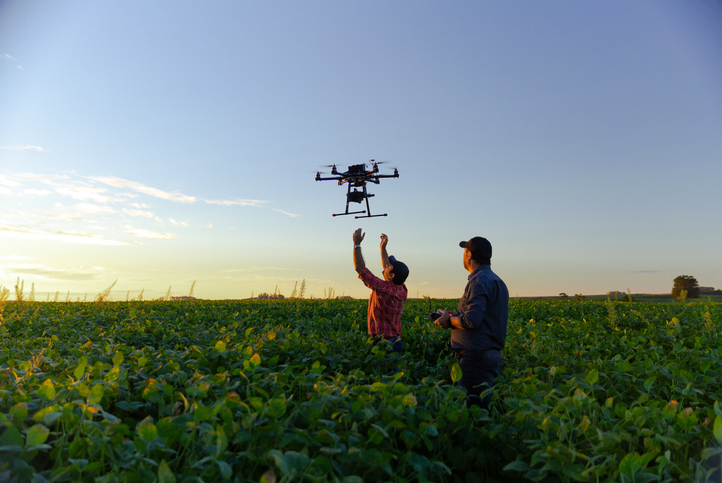The concept of “smart cities” is an amalgamation of what was called intelligent, wired, cyber, networked, or digital cities. Smart cities can solve many challenges from global urban migration trends and aging populations to environmental degradation, climate change, and resource utilization. In a paper presented at the 2021 International Conference on Automation and Computing (ICAC), researcher Lee Barron examines the impact and technological promises of the smart city, focusing on the role of mobility and the smart or ‘connected’ car.
Traffic problems, emission pollution, and danger for pedestrians and bicyclists make vehicles a challenge to integrate with the ideals of smart cities. However, thanks to connected vehicle data, that is changing. Connected car data is growing fast, with most new cars expected to be connected by the next decade. According to Barron, “proliferation of data-gathering and producing sensors, algorithmic models, machine learning, Artificial Intelligence (AI), and the Internet of Things (IoT), the smart city promises to alleviate a range of critical urban challenges, one of which is technologically enhanced mobility.” The connected car, the author notes, is rapidly becoming the key smart product in at least two major ways:
- Positive environmental impacts in gradually displacing polluting internal combustion engine machines
- Using data creation to decrease congestion, enhance road safety, and the efficiency of city vehicular travel—represents an emergent Internet of Vehicles (IoV) era.
The Smart City: Sensing the Needs of Residents
The network in smart cities represents a series of integrated sensor technologies that are becoming progressively more intelligent. “Much as the car and the train changed the outlook and cosmopolitan make-up of cities in the nineteenth and the twentieth centuries, so has today’s digital landscape shifted our sense of space and human relations through social media, GPS augmented reality, and platform urbanism.” Through machine learning, these networks are using data analytics to serve the needs of city residents.
Smart mobility is a core element of smart city initiatives—and an essential need of any smart city residents. Urban mobility is a major “pain point” for many city dwellers, due to frequent traffic congestion and long commuting times. Existing projects include traffic guidance systems, parking spaces with sensors, congestion forecasting integrated with intelligent traffic lights, car and bike sharing systems, and autonomous public and private transportation.
Smart City Mobility: The Connected Car
The connected car, or smart vehicle, represents the next development beyond IoT, in which the car is increasingly a part of the connected world that both receives and generates data to enhance vehicle efficiency, driver use, and mobility impact. Users can remotely control key functional aspects of their cars, such as heating and cooling, battery levels and charging status, and remote unlocking. According to Barron, the connected car represents a vital component of the smart city mobility vision, which seeks to facilitate more efficient movement and alleviate urban challenges such as traffic congestion.
The Future of Smart Mobility: Automated Vehicles
Self-driving and autonomous vehicle technology have been in development for several years, with dozens of companies around the world working on and testing vehicles. The issue of increasing vehicle autonomy is argued to be the key technological evolution by which cars will increasingly interact with smart city environments and digitally connected infrastructures. Transportation design incorporating autonomous technology will play an important role in smart city design.
The author predicts that major cities will be the first to embrace and benefit from automated vehicles (AV), pointing out the technological responses to the COVID-19 crisis in China to illustrate the practical efficacy of AV technology in transporting medical supplies and food in periods of isolation and lockdown. While fully autonomous smart vehicles are not yet a technological reality in the 2020s, AV technology is destined to grow quickly—by 2036 autonomous vehicles will provide much of a city’s urban goods transportation.
Future Issues for Smart Cities & Vehicles
As the author notes, it is important to identify the critical challenges that have been raised in relation to the smart city, smart mobility, and smart/connected vehicle. The primary issue is the need to ensure that citizens are not designed out of city spaces to facilitate optimum transport mobility. In terms of the smart city, city designers must balance the technological components of the urban environment with the needs of people.
View the full-text article on IEEE Xplore. Read the first page for free. Full article available with purchase or subscription. Contact us to see if your organization qualifies for a free trial.
Interested in expanding your knowledge in the Internet of Things? IEEE offers continuing education IEEE Guide to the Internet of Things (IoT) course program.





